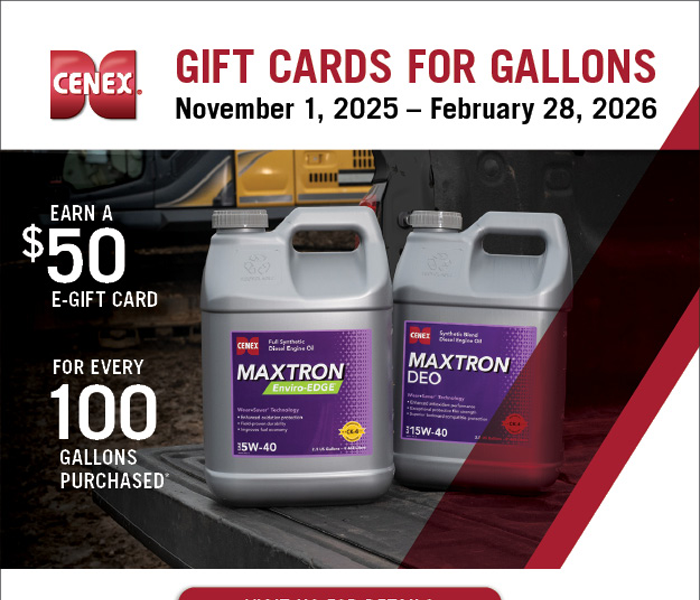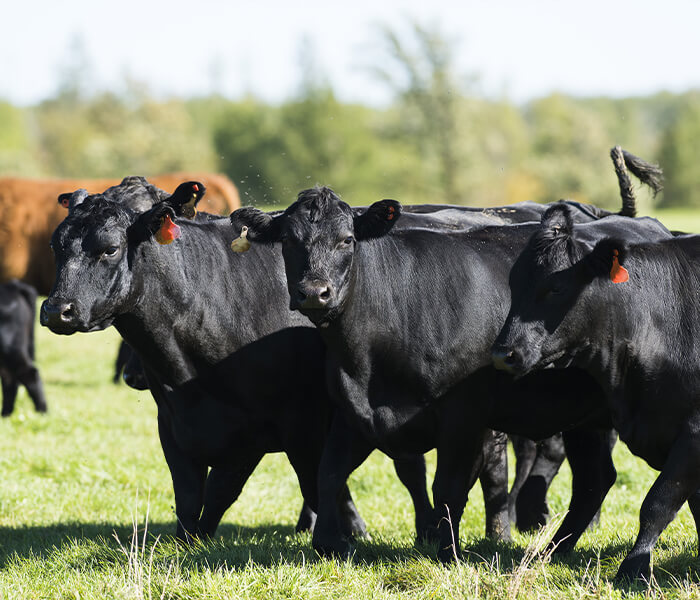Pasture Management
Planting season is upon us and through all the hustle and bustle, the last thing a lot of us think about is pasture health and management. I will be discussing a few management strategies that may work for your operation. Remember every operation type is different and these strategies might not work for every producer and their operation. Some practices could also be used in tandem with other operations.
Deferred-Rotation
This rotation strategy consists of 2 or more pastures, traps or paddocks. Usually, grass is grazed until there is roughly 6” of forage left over and then cattle are moved to the next pasture. An example of a three-pasture rotation would look something like this.
| |
Early Season Grazing |
Mid-Season Grazing |
Late-Season Grazing |
| Year 1 |
Pasture A |
Pasture B |
Pasture C |
| Year 2 |
Pasture C |
Pasture A |
Pasture B |
| Year 3 |
Pasture B |
Pasture C |
Pasture A |
In year one, you would start with pasture A and graze that first. If your stocking density is correct and the season rains are in normal conditions, then you can move cattle to pasture B around mid-season. Your last pasture would be grazed late in the season.
In year two, the pastures would be switched up. You would graze pasture C early, then move cattle to pasture A mid-season. Finally, you would move cattle to pasture B to finish up the season.
In year three you would rotate again, while making sure you are switching the seasonality of when you graze each pasture.
Intensive Early Seasonal
This type of grazing strategy uses double the stocking rates, and is meant to accomplish early season gains, avoid the summer slump, and get better grazing distribution. These would be grazed during the spring green up. This type of pasture management is mainly used with stocker cattle, but I mention it as I know quite a few people run a fall herd and this would be a great tool to benefit your pastures and get optimum gain out of your weaned calves.
High Intensity/Low Frequency
This grazing strategy uses high grazing intensity followed by long non-use periods. The purpose of this strategy is to get the animals to eat all the plants in the pasture and not consume one over the other. You will graze the pasture closer to the ground and let it rest for a month or more. This grazing strategy works well in a region that has a lot of tall grass species, receives a high amount of rainfall compared to the national average, and the pasture contains grasses that remain ungrazed when they get too tall.
Mob Grazing
This grazing strategy involves ultra-high stocking rates. Benefits of this system include the trample of dead stemy grasses, even distribution of manure due to the trample effect, and this system can give you some extra growth upside in stocker cattle. The main downside of this strategy is that cattle will need to be moved at least daily and they must always have access to water. The water can either stay at the center, prompting the cattle to graze in circular motions around it, or you may opt for a watering system that travels along with the cattle.
Patch-Burn Grazing
I see this strategy being used already on a few farms. This strategy consists of burning the dead plant material in the spring and then grazing the fresh green up afterwards. This is a great strategy in maintaining our pastures and keeping unwanted plants out. It’s a good tool to use if pastures begin to “get away from us” as it gives us the opportunity to reset that pasture to be grazed in a more efficient way.
Tub, Mineral, and Water Placement
The location of mineral, mineral tubs and water can play a huge role in how well our cattle and our pastures are managed. Mineral placed in close proximity to water leads to increased mineral consumption. On the opposite side, the farther we put mineral from water, mineral consumption will be lower. This relates to pasture management because if we have mineral and water right next to each other, than the grazable area around the water and mineral will become trampled and over grazed and eventually unusable. However, if we move mineral too far away from water, than we might lower intakes. It will be one of those things to think about and see what works for you and your operation.
Mineral tubs should also be spread out and not all dumped in one spot. This has two benefits; it will limit what is trampled and overgrazed around the tubs, and it will give more opportunity for all cattle to access the tubs.
All the management practices discussed are used to increase pasture health while also getting quality gain and nutritional benefit to cattle. Hopefully, some of these practices can help with any issues you may be seeing, or may give you an idea if you are looking for more progressive practices to manage your cattle and pastures. Regardless, hopefully it is a good discussion piece over dinner or coffee. If you have any question on pasture management, or mineral for your herd, please don't hesitate to contact me.
Avery Bermel
Beef Cattle Consultant




